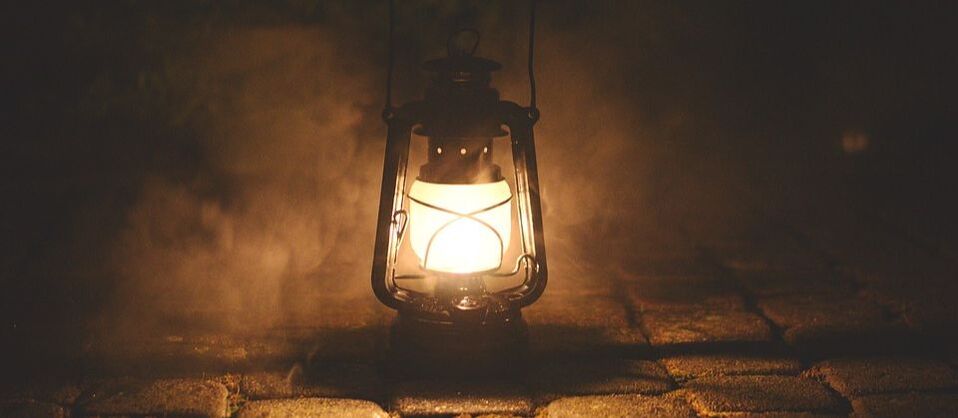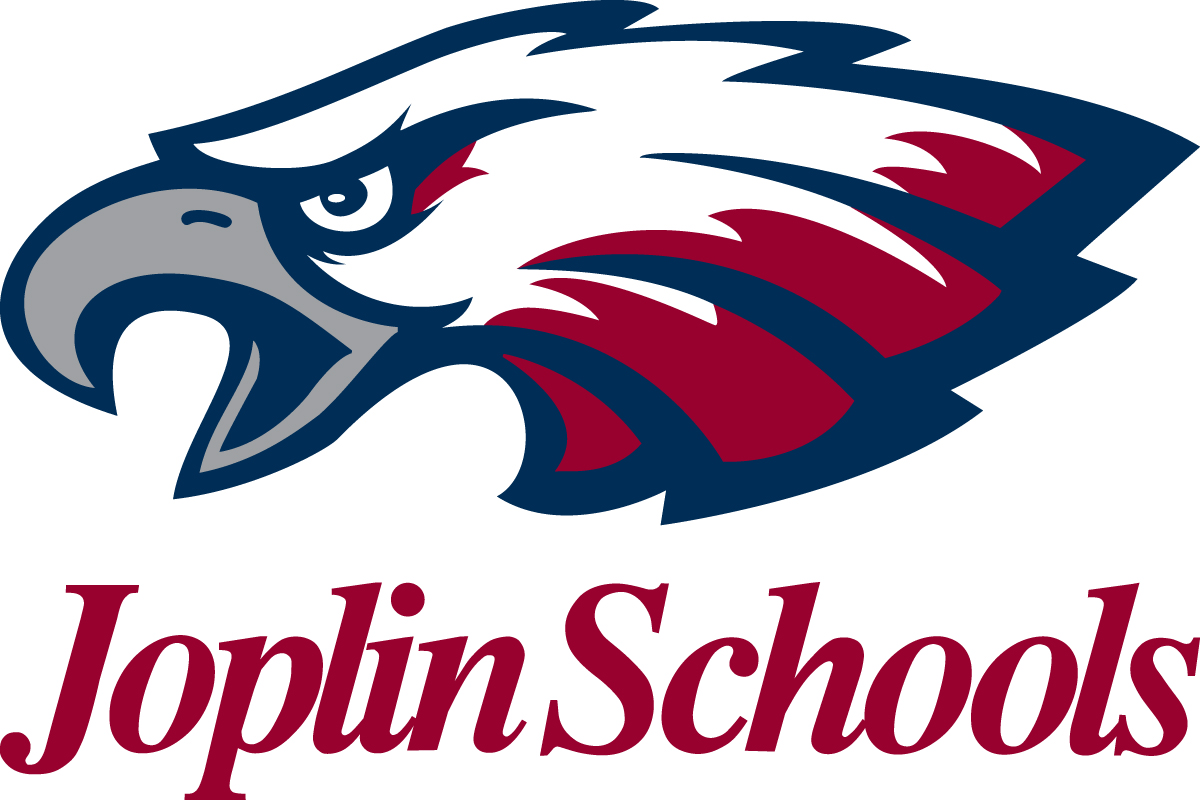- 1. How frequent do you use primary sources in your classroom (daily, weekly, monthly, or randomly on a needs basis)? How do you unpack primary sources/documents with students?
- 2. Do you conduct organic primary source research from websites, archives, books that contain primary sources within them, etc. or do you rely on teacher based/pedagogical books that have pre-made lessons or what some may term "commercial teacher resources" to utilize for primary source work with student?
- 3. What does "historical thinking" mean to you? A classroom based on "historical thinking" looks like? If you are a practitioner of historical thinking please identify what you do.
- 4. If you have other professional development goals in relation to the Institute since submitting your application please feel free in articulating them.
...I have developed a year-long study, most of which is viewable on my website, which just keeps growing. I am working on integrating other parts of our curricula (science, math writing, and reading) into each of the lesson sets, as well as curating and adding primary sources and other items that I find along the journey. I have always been the maverick teacher who would rather find my own materials and develop my own activities than rely on a generic textbook.
My class is heavily themed to history, though I can't say that I use as many primary sources as I would like: time has always limited me in locating the resources and getting transcripts that are useable for nine-year olds (who can't all read on grade level). When I have, I find websites connected with the Library of Congress and Mount Vernon to be valuable.
When I teach any subject, the practices involved in historical thinking come naturally. I have never handed answers out like candy to my students, but allowed them to wrestle with material (and each other) to develop their own ideas before I enter a "lesson". We often begin with a piece of art, and students spend a good deal of time making observations.
I find out a lot about their previous knowledge and abilities to synthesize and infer through this process (and they really love to try to figure things out). They will notice different flags, the direction of movement, clothing, the setting, etc., and put all of it into context with what they have learned in previous lessons.
In the lesson that develops, I also get them to see things from each point of view from the characters in the artwork or from the artist. They have to have an open mind, and they quickly figure out that history is often dirty and ugly and that the main characters all have flaws. When they realize this, they can be motivated to acknowledge their own imperfections and be OK with making mistakes.
I am fortunate in that I have a self-contained classroom, that I can close my door, and that my administrators trust me. I can go overtime with a rich history lesson without getting into trouble, because they understand that I integrate other areas of the curricula into everything we do.
I hope that answers your questions thoroughly enough without getting too tedious. I've been looking forward to this teacher institute for a couple of years...If you are interested, in addition to the link to my webpage of lesson sets above, I am also collecting everything I have recorded in anticipation of this year's institute.








































